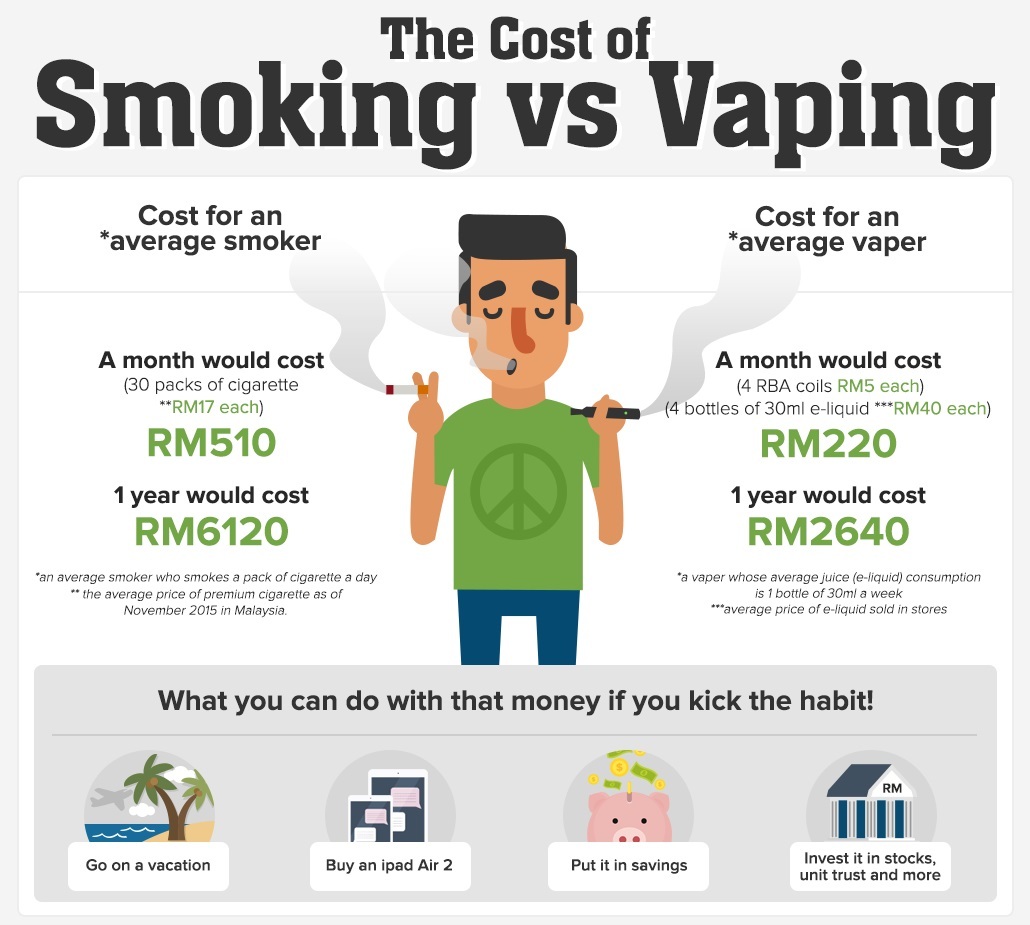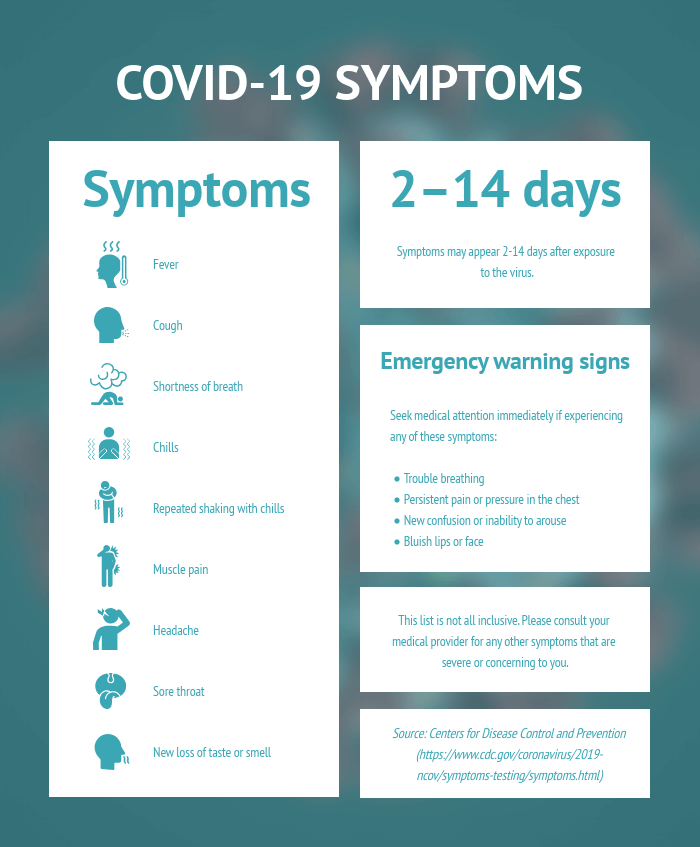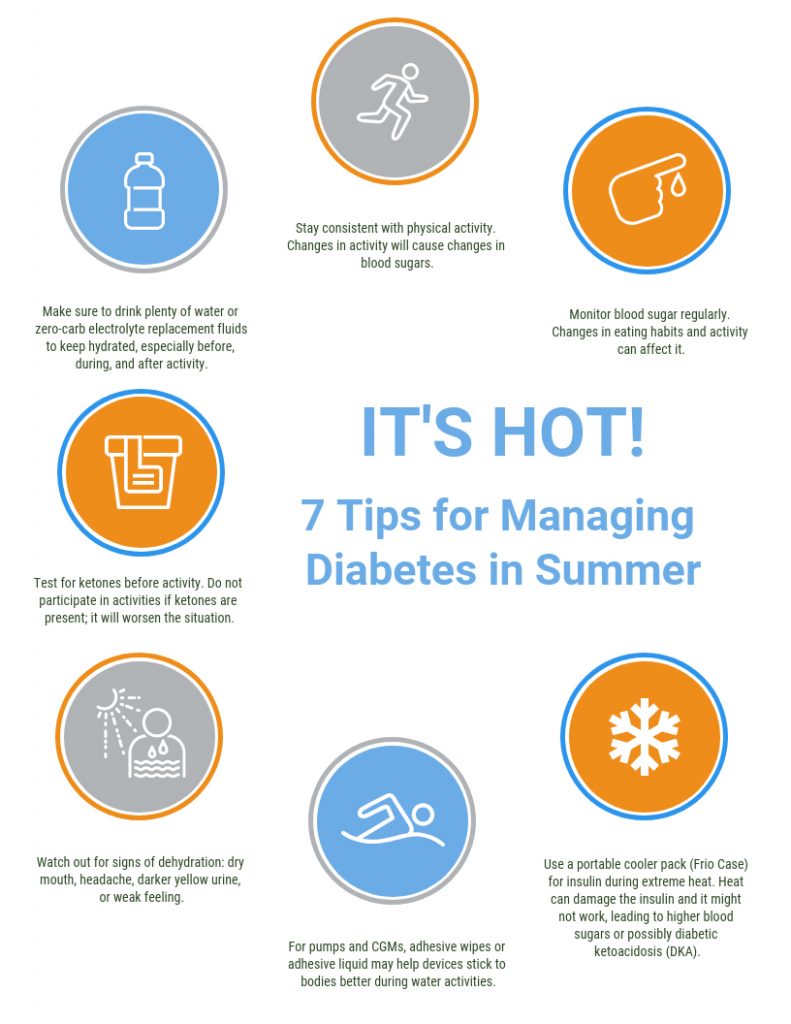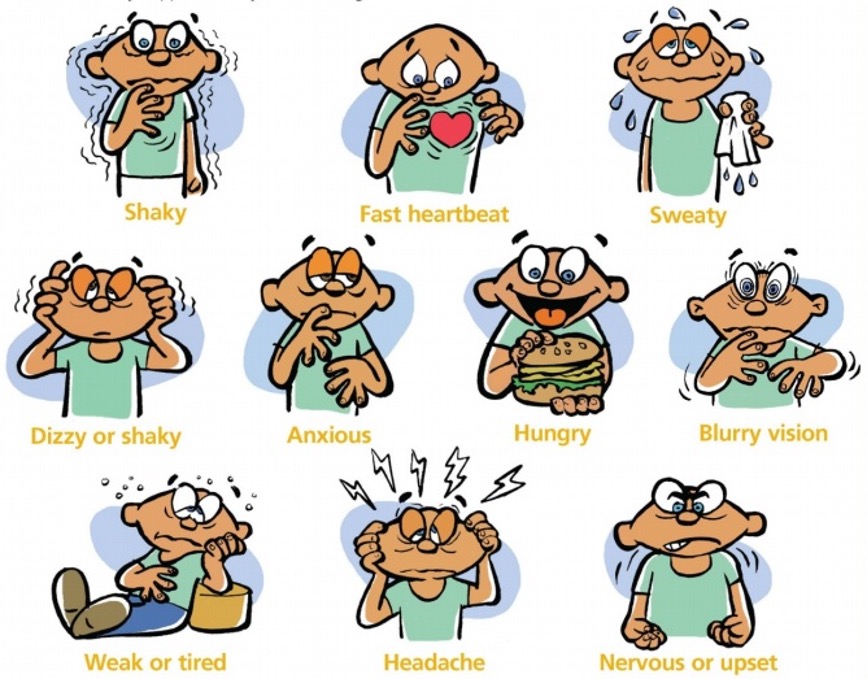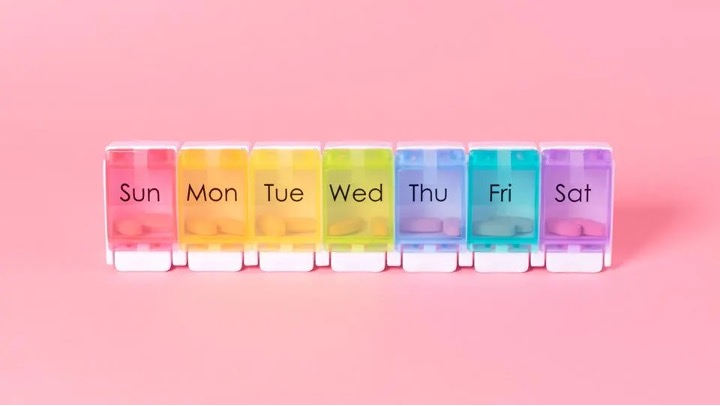Archive for June, 2023
What are the Risks of Vaping? By Our Student Pharmacist, Dakota Arledge.
Smoking vs. Vaping
Most of us are very familiar with the health hazards that come with smoking, but in recent years a new form of nicotine consumption has taken off. Vaping e-cigarettes have become increasingly popular as of late, and many have even reported that switching to vaping has decreased or completely stopped their old smoking habits.
It’s easy to see why people have changed to vaping, as cigarettes have gained a nasty reputation over the years and have been linked to a plethora of mortality outcomes, ranging from cancers to heart attack and stroke. Most of these bad outcomes are indeed due to ingredients of cigarettes that are absent in most vaping products.
With all of the above in mind, is vaping really a safe alternative to conventional cigarette smoking?
This is a pressing question, because vaping has really taken off amongst the youth. According to a poll done by the Centers for Disease Control and Prevention (CDC) in 2020, the percent of adolescents in grade 12 who smoked cigarettes in the past 30 days was 7.5%, while the percent of that same demographic who used electronic cigarettes was 24.7%.
The truth is, most vaping products have not existed long enough to have been tested as thoroughly as cigarettes have. This being considered, there are a few things we do know about vaping.
Risks of Vaping
A good place to start when attempting to assess the risks that may or may not be involved with vaping could be to look at the most common ingredients of E-liquids, which are the substances that users inhale when they vape.
A list of these ingredients can be found below.
- Flavoring
- Nicotine
- Glycerin
- Propylene glycol
- Other ingredients depending on manufacturer and flavor
Although most of these ingredients may look harmless, a study published in 2015 found that heating glycerin and propylene glycol at a high temperature in an e-cigarette can create compounds that release formaldehyde. This means that vaping could put people at risk of developing cancer since formaldehyde is a carcinogen.

Aside from this concern, the other major issue with vaping is that it still contains the addictive component which is also present in cigarettes: nicotine.
This means that e-cigarettes are just as addictive as traditional cigarettes, and the fact that they are perceived to be healthier means that more people will be flocking to them than ever before.
Quitting
If you’re concerned about the possible long term side effects that may end up coming out about vaping and are considering quitting, consider trying some of these methods.
- Determine your reason for quitting
- Set a quit date
- Try nicotine replacement products
- Identify and avoid triggers
- Have a plan for dealing with nicotine cravings
- Seek professional help
If you’ve tried giving up smoking before, you may notice that a lot of the steps above resemble the same methods you may have come across for quitting smoking. This is because at the end of the day, you’re still trying to get away from nicotine, the common addictive substance in both cigarettes and e-cigarettes.
Although battling any addiction is hard, with the right motivation and support network anyone can quit nicotine.
Always be persistent and don’t give up!
Update on COVID-19 Vaccines. By Our Student Pharmacist, Dakota Arledge.
Since the outbreak of the COVID-19 pandemic, vaccination has emerged as a crucial tool in the fight against the virus. As our understanding of the virus evolves and new data becomes available, guidelines for COVID-19 vaccines have been subject to periodic updates. It’s crucial to stay on top of the latest information available.
Studies have shown that COVID-19 vaccines provide robust protection against severe illness, hospitalization, and death. However, emerging data has indicated that the duration of protection offered by some vaccines may wane over time. As a result, updated guidelines emphasize the need for booster shots to maintain optimal immunity, particularly among vulnerable populations and those at high risk of exposure.
This past May, the Centers for Disease Control and Prevention (CDC) updated their guidelines regarding who should receive what dose of the COVID vaccine.
As it stands right now, only the Bivalent forms of the Pfizer and Moderna vaccine are recommended.
The number of doses a patient should receive is based on their age, how many vaccines they’ve received previously, and whether or not they are immunocompromised.
Listed below is a useful graphic for determining what dose a patient should need based on the above factors.
One interesting thing that is peculiar regarding COVID vaccines is the fact that guidelines allow for mix-and-match strategies, enabling individuals to receive different brands of COVID-19 vaccines for their primary and booster shots. This is done to address supply chain issues and ensure that patients receive adequate coverage, regardless of what shots they have received previously.
Some studies have shown that combining different vaccines can stimulate a robust immune response and provide enhanced protection.
COVID-19 vaccines have undergone rigorous testing and have been proven safe for most individuals.
However, recent guideline changes have highlighted the identification of rare adverse events associated with specific vaccines.
These events include:
- blood clotting disorders
- myocarditis
- pericarditis
Updated guidelines on the CDC’s website provide detailed information regarding the risk-benefit assessment for each vaccine and specific recommendations for certain age groups or individuals with underlying health conditions.
To facilitate safe travel and international movement, some countries have introduced vaccination passports or certificates. These documents serve as proof of vaccination status and may exempt individuals from certain quarantine requirements or provide access to specific venues. Guidelines outline the necessary information, standardized formats, and privacy considerations for implementing such vaccination passports.
The evolution of COVID-19 vaccine guidelines reflects our increasing understanding of the virus, its variants, and the long-term effectiveness of available vaccines. The recent changes focus on the need for booster shots, expanded eligibility to younger age groups, mix-and-match strategies, variant-specific efficacy, and rare adverse events.
By staying informed on the latest guidelines provided by the CDC, pharmacists can help individuals within the community make informed decisions about vaccination and mitigate the impact of the ongoing pandemic.
References:
- Centers for Disease Control and Prevention. (2023, May 12). Interim clinical considerations for use of covid-19 vaccines. Centers for Disease Control and Prevention. https://www.cdc.gov/vaccines/covid-19/clinical-considerations/covid-19-vaccines-us.html
- Covid-19 vaccine—interim covid-19 immunization schedule for persons 6 … (n.d.). https://www.cdc.gov/vaccines/covid-19/downloads/COVID-19-immunization-schedule-ages-6months-older.pdf
Allergies and Allergy Relief. By Our Student Pharmacist, Dakota Arledge.
Being a little over halfway through the month of June, I’m sure many of us have been experiencing the classic symptoms that accompany the changing of the seasons. Although many may only have allergies just a few months out of the year, in Ohio allergy season is said to begin as early as February and last until November.
Hopefully with some help from these tips, we can all enjoy the outdoors in spite of the pollen in the air.
What are Allergies?
Allergies occur as a result of our immune systems overreacting to substances in the air, which under normal circumstances would protect us from foreign pathogens.
During different times of the year, different allergens may be more or less prominent in the air which is why most people only experience allergies during specific seasons.
In Ohio, some of the most prominent allergens tend to be molds and pollens.
A graphic of the most common allergens by month can be found below.

Fortunately for those who suffer from seasonal allergies, there are many options available to find relief during allergy season. Several options don’t even require medication, and medication options that are available are easily accessible over the counter.
Allergy Relief
One of the first things to try to manage your allergies is to simply remove yourself from the allergen. This can be done in several ways including:
- Closing windows (especially at night)
- Wearing a mask
- Removing pet hair
- Cleaning dusty surfaces
- Installing a HEPA air filter
It can also be very beneficial to track the pollen count to see how it correlates with your symptoms and help you plan ahead. If you happen to notice that high pollen counts are on the horizon, it might be a good idea to take some of the precautions listed above, or preemptively start an allergy medication.
Pollen.com offers interactive pollen maps throughout the country, which can be very helpful during allergy season.
If you’re still having symptoms after trying any of the strategies above, stop by your local pharmacy to pick up any of the below over-the-counter medications for near instant relief.
- Flonase– for congestion or irritated eyes
- Zyrtec– for itching, sneezing, or runny nose
- Allegra– for itching, sneezing, or runny nose
- Claritin– for itching, sneezing, or runny nose
- Sudafed– for nasal congestion
If you’re overwhelmed by the number of choices available to you, be sure to ask the pharmacist what medication might be best for you. There are an abundance of choices for allergy relief, so if one agent doesn’t work, don’t be discouraged. With the help of your local medication expert, you’ll be sure to find something that suits your specific needs.
If after going through all of this you still can’t find relief, you’ll be happy to know that there are other options. Seeing an allergy specialist is a great place to start. They can offer tests to allow you determine what particular irritants trigger your allergies throughout the year, allowing you to better understand your immune system. On top of this, they can offer allergy shots which can increase tolerance to allergens over time, which in the long term can provide some serious relief.
Managing Diabetes in the Summer. By Our Student Pharmacist, Anna Rader.
Summer in Ohio means relaxing by the pool, spending time with friends and family at barbeques, and overall enjoying the warm weather before winter comes back again.
However, the increased temperatures can make it harder for diabetics to manage their blood sugar.
Here are some tips for managing diabetes during the hotter summer months.
Stay Hydrated
Proper hydration is a key element to managing diabetes in the summer. When dehydrated, blood sugar levels increase, leading to more urination, which worsens the dehydration. Not only does this cycle pose a problem, but dehydration can also lead to poor absorption of insulin. So, if your blood sugar gets too high the insulin used to correct it might not work as well if you’re dehydrated.
The best way to avoid dehydration is to drink plenty of water. Sugary drinks, caffeine, and alcohol will not help rehydrate.
Other ways to avoid dehydration include:
- Wear loose, light-colored, light-weight clothing
- Avoid activity in the hottest part of the day
- Get active in the morning or evening
Be Flexible
Heat can affect blood sugar more than one might think. It’s important to check blood sugar more often in the summer and be flexible to adjusting insulin more frequently. Talk with your doctor about how to properly adjust insulin for the summer months. Time flies in the summer and setting alarms to remind you when to check blood sugar may be helpful to ensure you’re checking regularly.
Carry extra testing supplies, medication, and insulin with you just in case it’s needed. However, be aware these items should not be placed or stored in direct sunlight. Bring a smaller cooler to pack your items in to keep them cool in the heat.
Low blood sugar can be an issue in the summer, as well. Make sure you know the signs of low blood sugar and keep snacks with you to treat hypoglycemia when needed.
Easy snacks to pack that don’t need refrigeration include:
- juice boxes
- raisins
- granola bars
- applesauce pouches
These items can be kept in the car or on your person for quick use.
Signs of low blood sugar:
Personal Care
Sunscreen is an important detail that is often overlooked in diabetes management. Sunburns can increase blood sugar and cause dehydration.
Sunscreen use should be an everyday occurrence for diabetics, with the use of SPF 30-50 for the best protection.
Sunglasses are another small item that can be overlooked, but have a big impact. Uncontrolled diabetes can negatively affect eyesight and diabetics should get an annual eye exam. Sunglasses with UV protection can protect the eyes from the sun’s harmful rays and keep the eyes from any further damage.
Appropriate foot care is another personal care item important to be mindful of in the summer. Diabetics should check their feet daily all year long for any damage to the skin or infections. The summer, though, is a time when people like to be barefoot or wear less supportive shoes. Diabetics should avoid being barefoot, especially on hot sand or pavement as these can cause unnecessary burns.
Check your feet daily, especially in the summer, and wear supportive footwear as much as possible.
Frequently UN-asked Questions: Answering the Questions Patients Want to Ask…but Don’t. By Our Student Pharmacist, Anna Rader.
In the pharmacy, we answer questions all day long. Whether your inquiries are general or specific, pharmacists are here to answer your questions. There are some questions though, that people don’t realize they need to ask.
In this post, we answer some questions that are frequently unasked to hopefully provide answers to questions you didn’t even know you had!
- Can I still take medication if it is expired?
If you have a medication that is expired, the best choice is to dispose of it. Once a medication expires, it loses its effectiveness and will not effectively treat the condition you’re using it for.
- How do I use a suppository?
Rectal suppositories are used for several conditions, the most common being constipation.
Follow the steps below to ensure proper:
- Wash hands with soap and warm water.
- Verify suppository is not soft. If soft, then place into refrigerator until it hardens.
- Unwrap suppository from packaging.
- Lie on your side with the lower leg straightened out and the upper leg bent forward.
- Lift upper buttock to expose rectal area.
- Insert suppository, pointed end first, with finger about one inch into rectum.
- Hold buttocks together for about 30 seconds to allow suppository to dissolve.
- Wash hands again and discard trash.
- I forget to take my medications some days. How can I remember to take them?
Forgetting to take medications is a common occurrence. Luckily, there are several options to help people to remember their medications.
Using a weekly pill box is an easy way to remember medications. Each slot has all the medications that need to be taken that day, so that way none are forgotten.
Another way to remember meds is to set recurring alarms to remind you to take the medications.
Taking medications while doing a task is an easy way to incorporate taking medications into a daily routine. For example, take medications before brushing your teeth, because you’ll always remember to brush.
- What can I do if I have a tough time swallowing capsules?
Swallowing tablets and capsules can be difficult for some people. There are a couple of techniques to try to make swallowing medications easier.
First place the medicine on the tongue, take a large drink of water, and tilt your head forward as you swallow, this will allow the medicine to float back towards your throat.
Another technique to try is filling a plastic water bottle or soda bottle full of water. Place the medicine on the tongue and close your lips tightly around the opening of the bottle. Take a drink, keep your lips around the opening (suck the water in, do not let air into the bottle), and swallow the water with the tablet.
- Can I just throw away my expired or unused medications?
Expired or unused medications should not be directly thrown away in the garbage or flushed down the sink or toilet. Instead, there are a couple of different ways to properly dispose of unwanted medications.
First, most police stations will take any tablets or capsules and dispose of them.
Next, some pharmacies have drug disposal boxes that unwanted medications, liquids, inhalers, and creams/ointments can be put into.
There are also National Drug Take Back Days sponsored by the DEA that occur twice yearly in April and October. These Take Back Days provide places to turn in unwanted medications.
Finally, if you want to get rid of medications at home, you can use coffee grounds or kitty litter mixed with water to dissolve unwanted medications in the combination. The resulting slush can be disposed of in the garbage.



